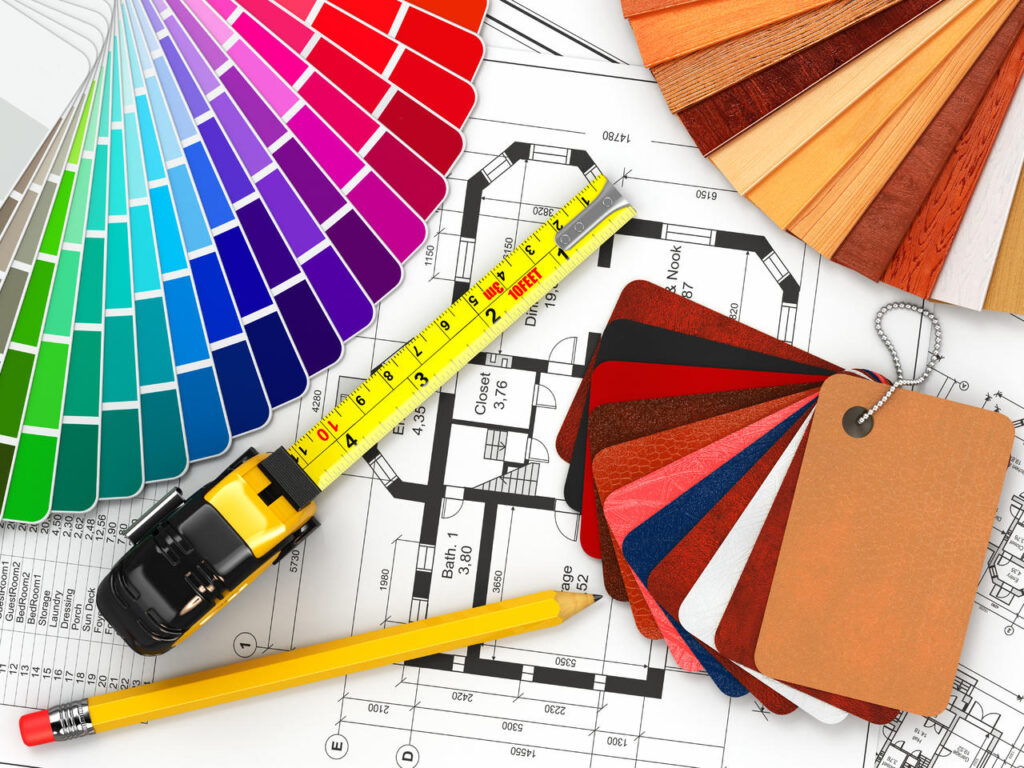Blog
How Can We Help You To Save Samples/Proofing Cost?
How Can We Help You To Save Samples/Proofing Cost?
In the past, the traditional process of printing press proofing was generally to separately perform stencil proofing for products of different paper types. In other words, if there were several different printing materials for product proofing, almost several sets of printing plates would be assembled. This method of stencil proofing was easy to control the printing quality, but the cost of stencil making was high. In daily production and operation, the product structure of many customer orders is relatively complex, and the product specifications and printing materials are also different. If all of them are separately assembled and classified for proofing, the production cost of proofing is unbearable.
By adopting the method of “changing paper without changing mould” for mould making and proofing, not only can the number of mould making be reduced, the cost of proofing be effectively reduced, but also the time for mould setting and proofreading can be reduced, virtually reducing the consumption of paper, and the process effect is greatly satisfactory. The so-called “changing paper without changing mould” mould combination and proofing printing process refers to combining several different types of paper products on a large format printing mould.
For example, on the same set of large offset mould, there are products with adhesive printing materials and printing brush products with white cardboard; There are both products printed on a white background and products printed on white board paper; There are both thin paper and thick cardboard. For this, the process approach is: When printing a certain product’s layout, the control of the printing pressure and ink coating amount is adjusted based on the sample of the paper for trial printing, and the control of printing quality is based on the corresponding product. When the corresponding product of one type of paper is printed and transferred to another type of paper, the printing pressure and ink color are adjusted closely around the corresponding product, and the ink color and overprint accuracy of other layouts can be disregarded. After all products have been proofprinted using the respective paper, for products that require lamination or other processing methods, the corresponding printing semi-finished products are taken out separately, Process such as laminating or polishing. When cutting or die-cutting finished products, classify and select products corresponding to various types of paper, and discard surplus products from different types of paper. In this way, although the paper used for proofreading each product will produce more unused pages, the paper used for proofreading a product is typically tens to hundreds of sheets, which is much lower than the cost of assembling an additional set of four color versions. It can be said that it is still very cost-effective.

